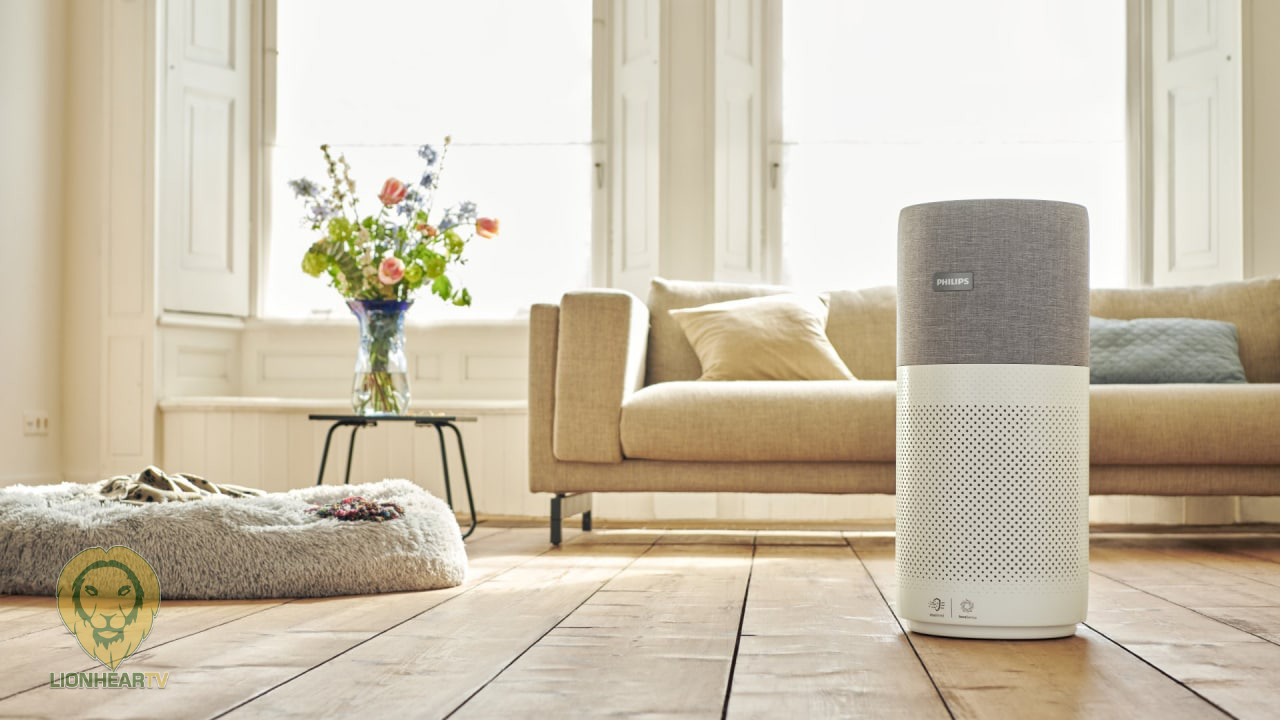To highlight awareness on indoor air pollution and its associated negative effects on health, Philips Domestic Appliances has developed a white paper independently reviewed by key academics and physicians in the fields of air pollution and respiratory health.

Data from the World Health Organization (WHO) shows that outdoor air pollution has become a major environmental health problem across the world. However, as people spend up to 90% of their time indoors, exposure to outdoor air pollutants is more likely to happen inside homes and other indoor environments. While everyone’s health can be impacted by poor air quality, those most at risk are pregnant women, children, the elderly, and those with chronic respiratory conditions such as asthma.
With the recent uptick of respiratory diseases such as influenza and ever-evolving COVID-19 variants and strains, new approaches to protect our well-being must become part of the norm in safeguarding public health.
Through a comprehensive study on air contamination sources and the adverse effects they cause to our respiratory systems and beyond, here are three facts surrounding the importance of clean indoor air:
Fact: Indoor air can be polluted air
In the Philippines, a Greenpeace report showed that coal factories and vehicle emissions are the country’s main sources of air pollution.
Air pollution from outside air can enter homes, schools, and other indoor environments through doors, windows, and other gaps in buildings. However, indoor air quality is also affected by indoor sources such as pet hair, home products like pesticides, mold, and even fumes from cooking. Viruses like the flu and COVID-19 can also spread through the air in crowded, indoor, and poorly ventilated spaces. Exposure to indoor air pollution can cause allergies and asthma, or in the worst cases, cancer, heart disease, and other ailments that affect the brain or kidneys.
Many countries across the world have established standards for indoor air pollutants in recognition of their negative health impacts. The WHO has also developed its own series of guidelines for some indoor air pollutants. Despite this, indoor air quality is not routinely monitored.
Fact: Indoor air quality can be improved
Controlling sources of pollution and ventilating spaces with outdoor air, if clean, are the most effective approaches for improving indoor air quality. When air pollutant source reduction and dilution by ventilation are insufficient or impractical, there are several measures available to individuals to reduce their exposure and risk of adverse health effects. One such measure is the use of portable air purifiers with high efficiency particulate air (HEPA) filters.
Portable air purifiers that use HEPA filters as the primary mechanism of air cleaning offer many advantages over other air cleaning methods currently available for in-home use. These advantages include simple installation without the requirement of a central air handling system, flexibility in location and a lack of harmful by-products.
Fact: Portable Air Purifiers can positively impact health
Studies find that air purifiers with HEPA filters have shown promise for improving asthma outcomes in children and adults. Intervention studies with HEPA-based air purifiers have also shown promise for improving nasal or rhinitis symptoms in adults and children with allergic rhinitis and/or conjunctivitis.
Here’s what a panel of independent experts had to say on the benefits of air purifier technology:
“An air purifier is a good investment if you want to reduce indoor pollen levels. A well-tested air filter provides better indoor air and tests show that allergens, including pollen allergens but also small allergens like house dust mites, are significantly reduced. They are especially effective at night.” – Professor Torsten Zuberbier, Director of the Institute of Allergology at the Charité Berlin
“Air purifiers can improve indoor air quality and can supplement asthma treatment to help allergy and asthma patients keep their symptoms under control” – Professor Wojciech Feleszko, Associate Professor of Paediatric Pneumonology and Allergy at the Medical University of Warsaw
Choosing an air purifier for your home
Indoor air purifiers vary greatly in terms of technology, operation, cost, energy usage and maintenance requirements. Among factors to consider are a device’s level of filtration technology, noise levels, ease of operation, real-time air quality monitoring, and a high airflow rate.

For clean indoor air at the push of a button, the Philips 800 Series Air Purifier quickly and effectively filters viruses, allergens, or pollutants in spaces up to 48 m². It uses multi-layer filtration technology present in all Philips Air Purification Solutions. The pre-filter catches dust and air, while the NanoProtect HEPA filter is designed to capture over 99% of particles as small as 0.003 microns, smaller than the smallest known virus.
Philips Air Purifiers are available on Lazada. Follow us on our Facebook (Philips Home Living) and Instagram (@PhilipshomelivingPh) pages for updates.
For more stories about Philips Domestic Appliances, follow us on LinkedIn and Twitter.


